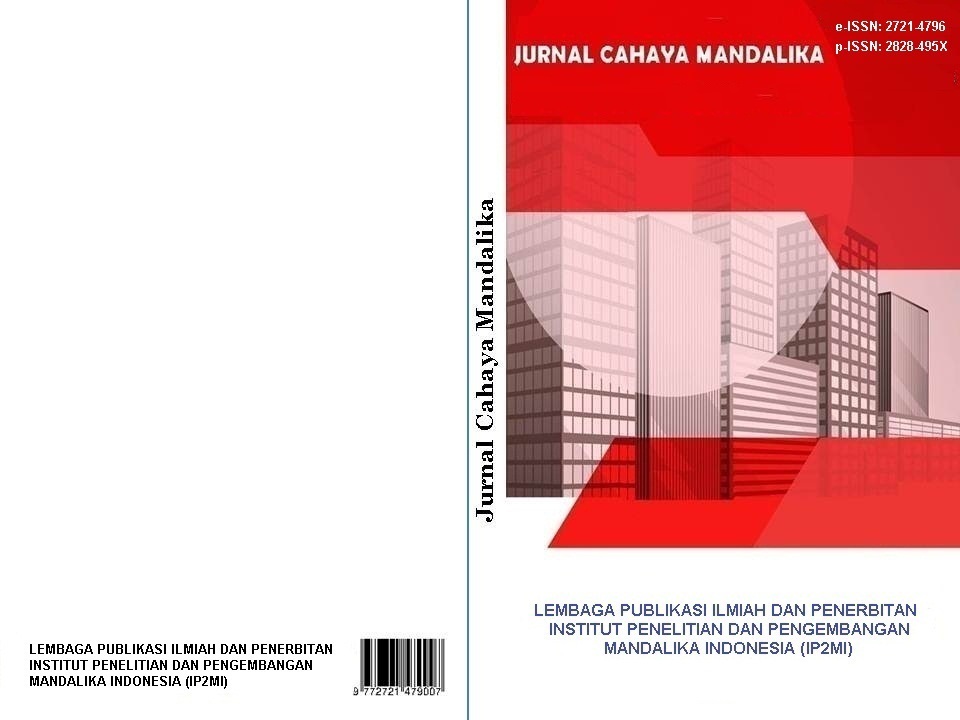OPTIMASI EC PADA TANAH CLAY UNTUK LAHAN BAWANG MERAH MELALUI SIMULASI POPULASI MIKROBA MENGGUNAKAN TEKNOLOGI SMART BIOSOILDAM
Abstract
This study aims to determine the ability of the soil layer to distribute nutrients and restore soil health and fertility due to the use of chemical fertilizers and pesticides. Through controlled microbial activity by spreading through horizontal bioholes, through a microcontroller, this research observes in a period of time the changes in: soil acidity, infiltration rate, electrolyte conductivity level and porosity level through this is done on clay soil, especially for vegetable plantations, soil infiltration rate . Using a simulation method with variable microbial populations, the level of electrolyte conductivity (EC) and other parameters can be determined. This method uses Smart Biosoildam (Biodam) technology which can be simulated to match the actual process (real time). From the observation of the chart and the EC standard, it can be seen that the soil's ability to reduce acid levels and increase fertility. This type of soil until the 45th day the soil fertility level has not reached = 700 uS/cm with a microbial population = 10 3 / cfu to support the vegetative growth period as well as during the generative growth period, so we will know when is the right time to carry out: soil restoration through infiltration of nutrients, early planting of tubers/flowers/fruits can be conditioned. until cooked based on the nutritional value observed through a sensor that converts analog parameters by the microcontroller into digital information sent via wifi in real time. The initial conditions before simulating soil fertility values with EC parameters were 344 uS/cm, the simulation results were: Simulation 1: The nutrient content for generative growth was reached on day 27 with a fertility level of = 825 uS/cm with a Microbial Population of 10 8 / cfu. Simulation 2: Nutrient content for generative growth was achieved on day 45 at fertility level = 900 uS/cm with microbial population = 105/cfu. Simulation 3: nutrient content for generative growth cannot be observed.





